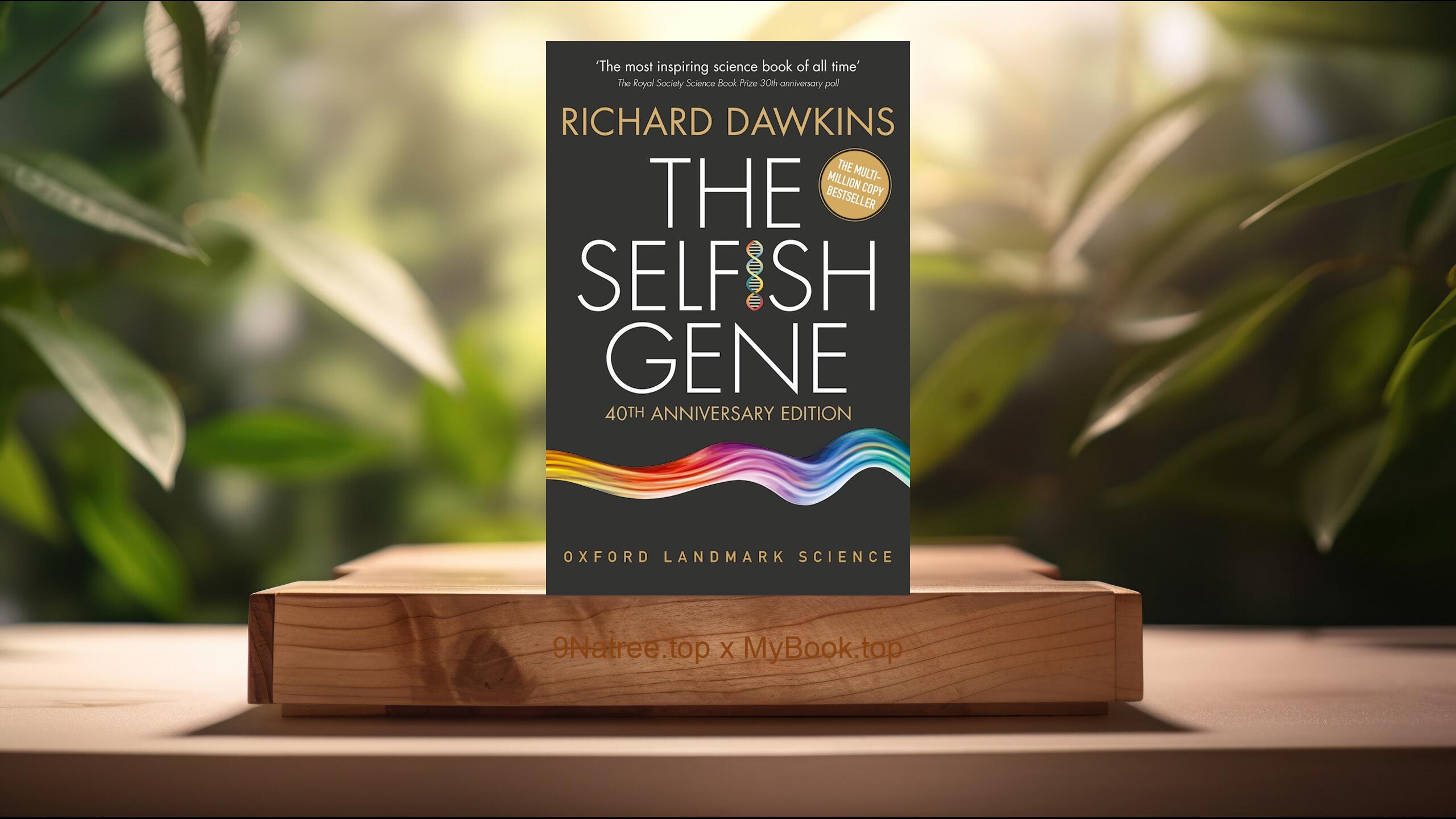Show Notes
Buy on Amazon: https://www.amazon.com/dp/B002LVVCQM?tag=9natree-20
Read more: https://mybook.top/read/B002LVVCQM/
#Evolution #NaturalSelection #FossilRecord #GeneticVariation #MolecularEvidence #RichardDawkins #ScienceCommunication #EducationalReform #TheGreatestShowonEarth
These are takeaways from this book.
Firstly, The Fossil Record, The fossil record is a cornerstone of evolutionary evidence, showcasing a chronological accumulation of life forms over billions of years. Dawkins stitches together intricate details of paleontological research to highlight how fossils not only mark the existence of now-extinct species but also demonstrate incremental changes leading to modern life. By meticulously analyzing transitional forms, such as the evolution from fish to amphibians, Dawkins elucidates how these fossils act as snapshots in time, capturing the progression of species. This evolutionary timeline is further supported by radiometric dating, providing precise age estimates for these fossilized remains. The author emphasizes that the fossil record, contrary to creationist claims, is impressively consistent with evolutionary predictions, showcasing gradual morphological transformations rather than abrupt appearances of fully formed species.
Secondly, Natural Selection and Genetic Variation, Natural selection and genetic variation are the twin engines driving the mechanism of evolution. Dawkins breaks down these complex concepts into understandable segments, illustrating how genetic mutations introduce variability within a population. These variations, although often subtle, can confer advantages or disadvantages to individuals, influencing their survival and reproductive success. Natural selection, as Dawkins explains, is the process by which advantageous traits become more common in the population over generations, effectively sculpting species in response to their environments. Through compelling examples, such as the peppered moth and antibiotic resistance in bacteria, the author demonstrates natural selection in action, highlighting its role as a ceaseless force of nature responsible for the diversity of life we observe today.
Thirdly, The Molecular Evidence, Molecular biology provides some of the most persuasive evidence for evolution, a fact that Dawkins celebrates in his discussions. By examining the DNA of different species, scientists have uncovered striking similarities in genetic sequences that hint at common ancestry. Dawkins explores how molecular clocks — techniques that estimate the time two species diverged based on DNA differences — offer compelling timelines consistent with evolutionary theory. He delves into the intricacies of gene expression, how slight changes in genetic code can lead to significant phenotypic differences, and the way these molecular signatures chart the history of life's divergence from common ancestors. This evidence, Dawkins argues, is particularly irrefutable, as it is written in the very code of life, further substantiating the narrative of evolution.
Fourthly, Evolution in Action, Dawkins doesn't just describe the theory of evolution; he brings it to life by showcasing evolution in action. He discusses real-world examples where rapid evolutionary changes can be observed within human lifetimes. One of the most compelling is the study of certain finch species in the Galápagos Islands, whose beak sizes and shapes have been observed to change in response to drought conditions, an example of natural selection at work. Another is the evolution of pathogens, which evolve resistance to antibiotics and vaccines, presenting challenges for healthcare. Through these and other examples, Dawkins demonstrates that evolution is not just a theory about the distant past but a continuous process that can be directly observed and is ongoing in all living populations.
Lastly, Misconceptions and Educational Implications, Dawkins addresses common misconceptions about evolution, such as the idea that individual organisms evolve during their lifetime, or that evolution is a process guided by some ultimate goal. He elucidates that evolution is about populations over generations, driven by natural selection without any predetermined direction. Dawkins passionately argues for the importance of education in evolution, emphasizing that understanding evolutionary biology is crucial for addressing challenges from conserving biodiversity to combating antibiotic-resistant bacteria. Moreover, he critiques the educational systems that fail to adequately teach evolution or, worse, present it as just one of several 'alternatives' to creationist views. Dawkins' call for better science education is grounded in the belief that an informed populace is better equipped to make decisions about their world.
In conclusion, Richard Dawkins' 'The Greatest Show on Earth: The Evidence for Evolution' is an essential read for anyone interested in understanding the true nature of life on our planet. It meticulously debunks the myths and misconceptions surrounding evolution, presenting a solid case bolstered by evidence from various scientific fields. This book is particularly valuable for educators, students, and anyone curious about the natural world. It not only champions the importance of science in our lives but also enhances our appreciation for the complexity and beauty of life's evolutionary tapestry. By embracing the evidence for evolution, we can foster a more scientifically literate society, capable of making informed decisions based on understanding rather than belief. Dawkins' persuasive narrative ensures that readers come away with a deeper appreciation for the grandeur of evolution and its role in shaping the diversity of life on Earth.
![[Review] The Greatest Show on Earth: The Evidence for Evolution (Richard Dawkins) Summarized](https://episodes.castos.com/660078c6833215-59505987/images/1709953/c1a-085k3-92k4k145h0k-g6jygm.jpg)




